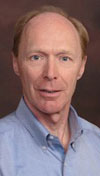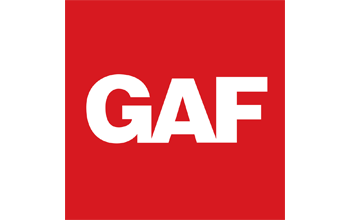Air Barriers And Vapor Retarders: The Conundrum
This course is no longer active. AEC Daily will not report completion information for this course.
All vapor retarders (VRs) are air barriers (ABs), but not all ABs are VRs. Wait, what? How can that be? This presentation provides the practical side to the AB/VR discussion and identifies common VRs and ABs, how they're installed, and why AB/VR approaches vary according to the type of construction and building use.
Upon completion of this course, the Learner should be able to:
- Define air leakage and moisture movement, along with the detrimental impact that they can have on a structure in terms of indoor air quality, occupant comfort, and energy costs.
- Review common errors and misunderstandings about AB/VR design by identifying different types of common ABs and VRs and how they’re installed in different climate zones and over different types of occupancies.
- Discuss the critical elements of a building enclosure that are needed to control air, water, vapor, and heat to determine the correct placement of a VR to control moisture migration into living environments.
- Through a review of IECC 2012 and 2015, determine the code compliance options for ABs and requirements for materials, assemblies, and whole-building airtightness in new construction and existing buildings.
Approximately 1 hour, 15 minutes. Delivered online, at your own pace.
Presented by Tom Taylor on behalf of GAF. View the Privacy Policy .
Presenter Information

Name: Tom Taylor
Title: Executive Director, Building & Roofing Science, GAF
Background: Tom Taylor is the Executive Director, Building & Roofing Science for GAF. This position is focused on the relationships between individual roofing materials and the overall roof system and building envelope performance. Tom is a frequent presenter at both national and regional industry meetings. He has over 20 years’ experience in the building products industry, all working for manufacturing organizations in a variety of new product development roles. He received his PhD in chemistry and holds approximately 35 patents.
